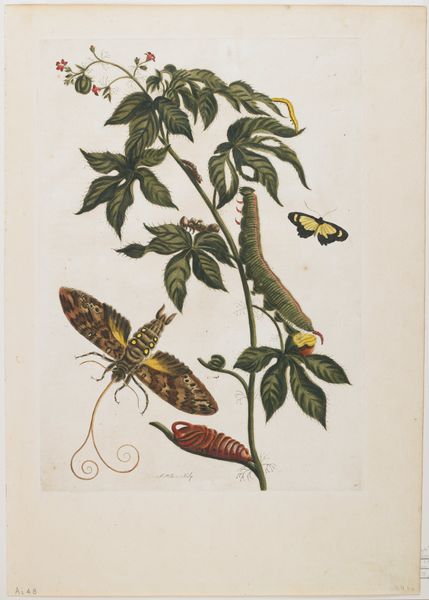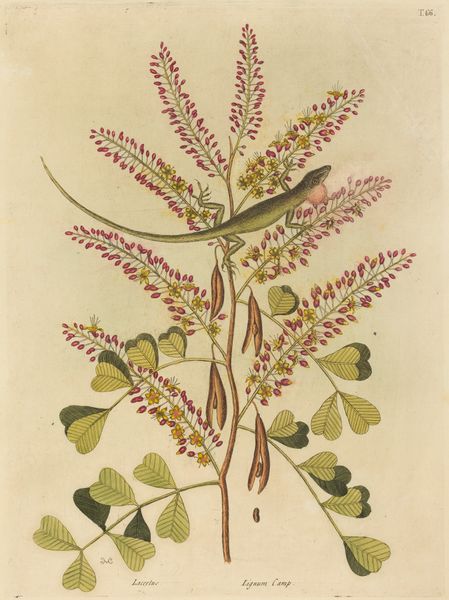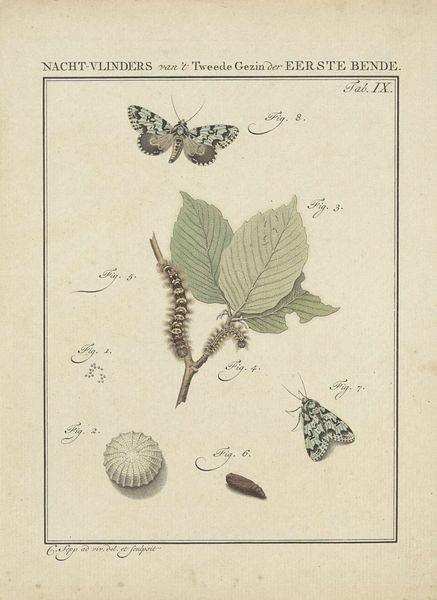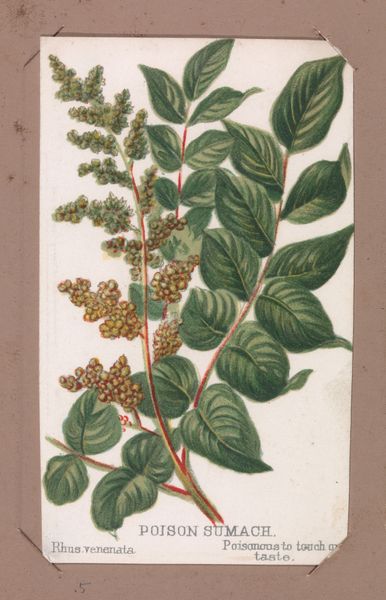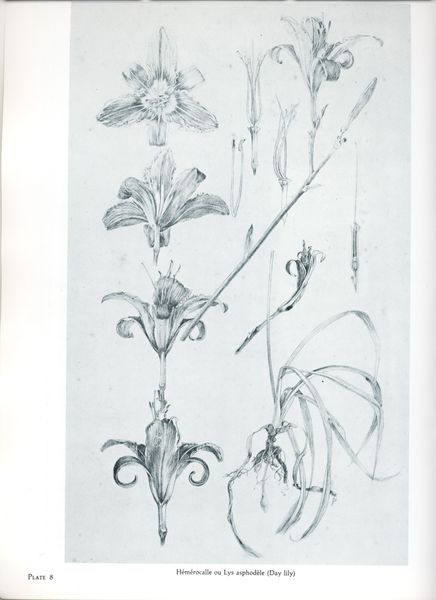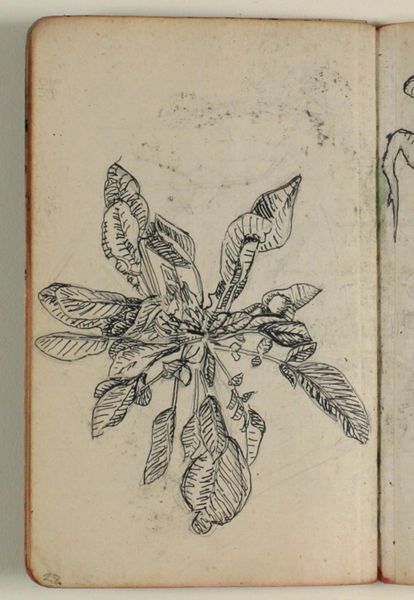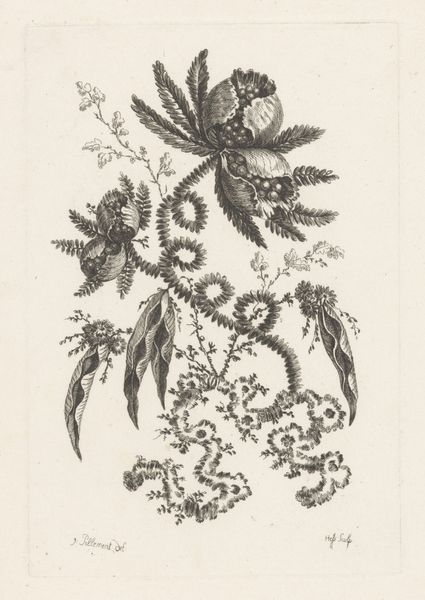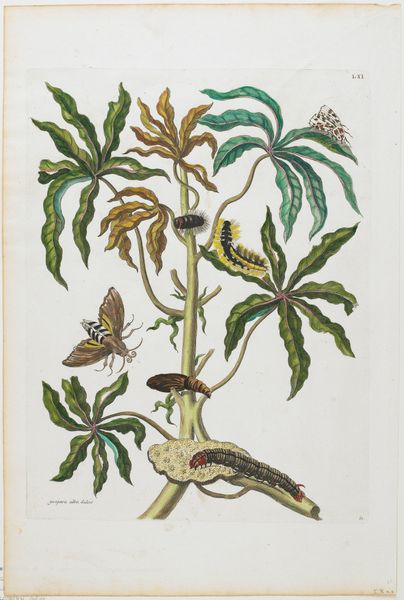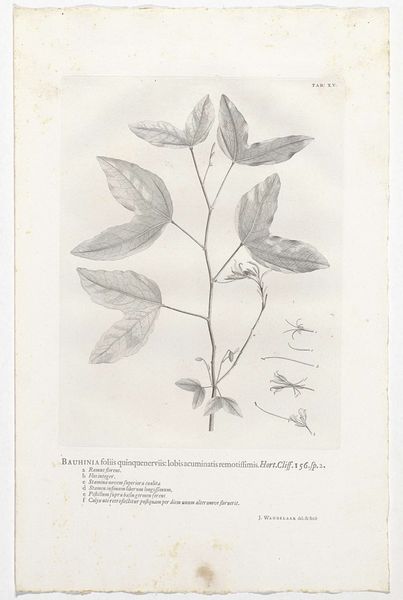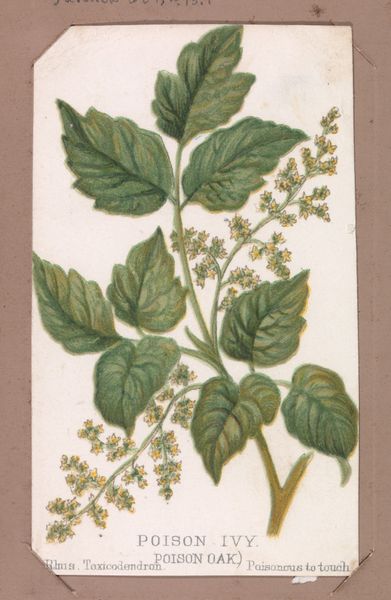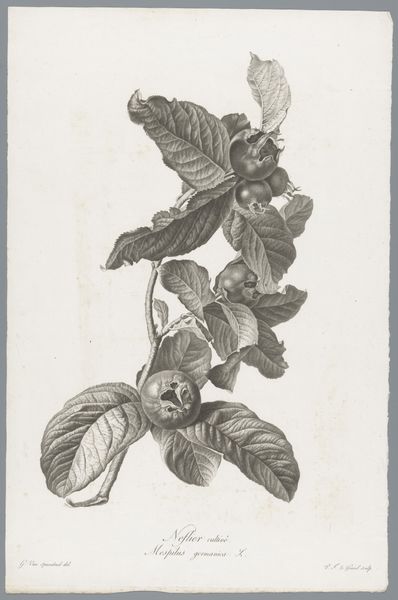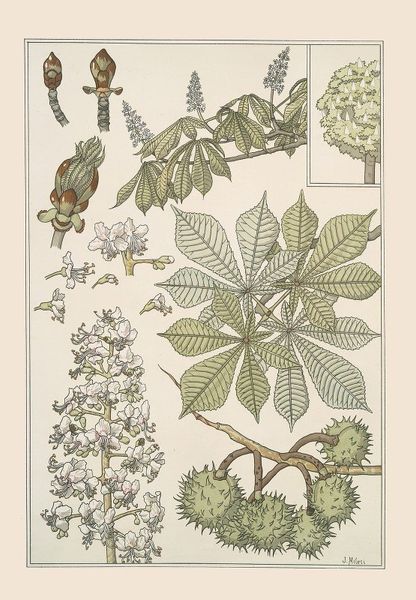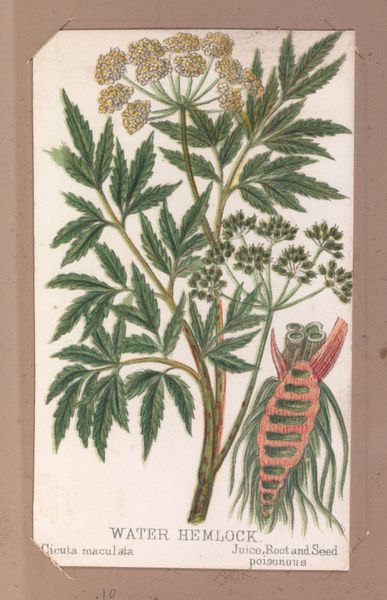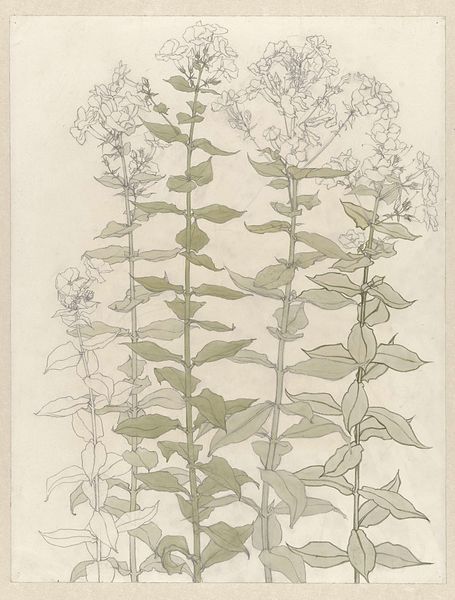
drawing, print, watercolor, ink
#
drawing
# print
#
figuration
#
watercolor
#
ink
#
watercolour illustration
#
history-painting
Dimensions: height 219 mm, width 161 mm
Copyright: Rijks Museum: Open Domain
Curator: Welcome. We're looking at "Van rups naar vlinder," or "From Caterpillar to Butterfly," a drawing and print made around 1828 by Antoni Zürcher, currently held in the Rijksmuseum's collection. Zürcher employed ink and watercolor in its creation. Editor: My initial impression is one of detailed observation, a patient unravelling of the metamorphosis. It's rendered with incredible delicacy, isn’t it? Curator: Absolutely. It's fascinating to consider this image in its historical context. Think of the late Enlightenment, early Romantic periods - marked by significant shifts in scientific thinking and a renewed interest in the natural world. The transformation of a caterpillar into a butterfly, once seen as a simple natural phenomenon, was increasingly understood as a symbol of change, rebirth, and perhaps, even spiritual elevation. Editor: Agreed, but I’m immediately drawn to the physicality of it all. Look at how Zürcher painstakingly renders the veining of the leaf, or the almost textile-like quality of the caterpillar’s skin. He clearly spent a great deal of time examining the texture, color and form and how each process dictates the ultimate visual experience. Curator: True, his method highlights a crucial intersection between art and science, specifically natural history illustration. There’s a deliberate attempt to classify and present nature as both beautiful and systematically ordered, revealing layers of cultural and scientific biases inherent in the artistic choices of the time. For instance, who gets to decide which life cycle deserves such intricate and venerated visual documentation? Editor: I find it significant how accessible these depictions were at that moment, distributed as prints. They served an important function in disseminating knowledge, right? But they’re also beautifully composed, objects to be cherished and collected, which raises complex questions about labour, production and access. Who had time and resources to marvel over this moth turning into butterfly? Curator: That consideration of the social framework matters. We see in such meticulous depictions of insects or botany that class and cultural perspective influences how we perceive and interact with the natural world. What, ultimately, did "transformation" represent to various members of society? Editor: Looking at it again, this illustration exemplifies the labour and materials invested. Thank you, I now have so much more to reflect on now regarding this detailed illustration! Curator: Likewise. Hopefully we've provided some ways of seeing Zürcher's meticulous study that invite contemplation around both nature and its broader social implications.
Comments
No comments
Be the first to comment and join the conversation on the ultimate creative platform.
